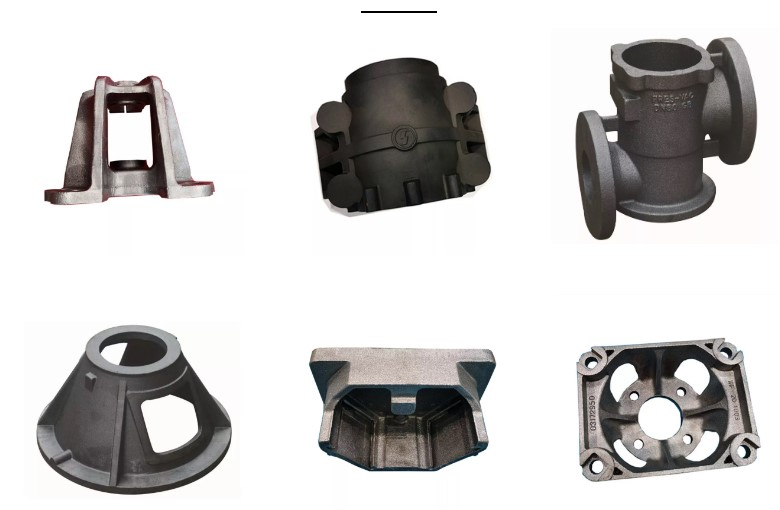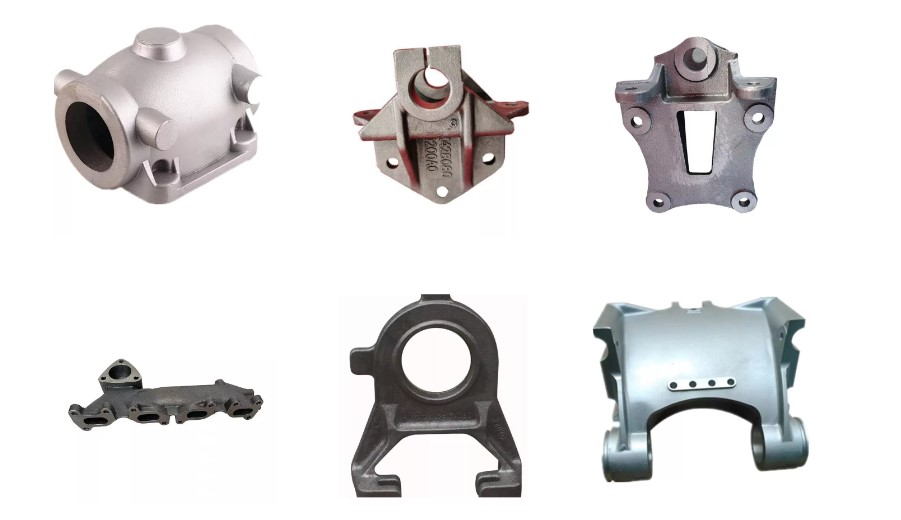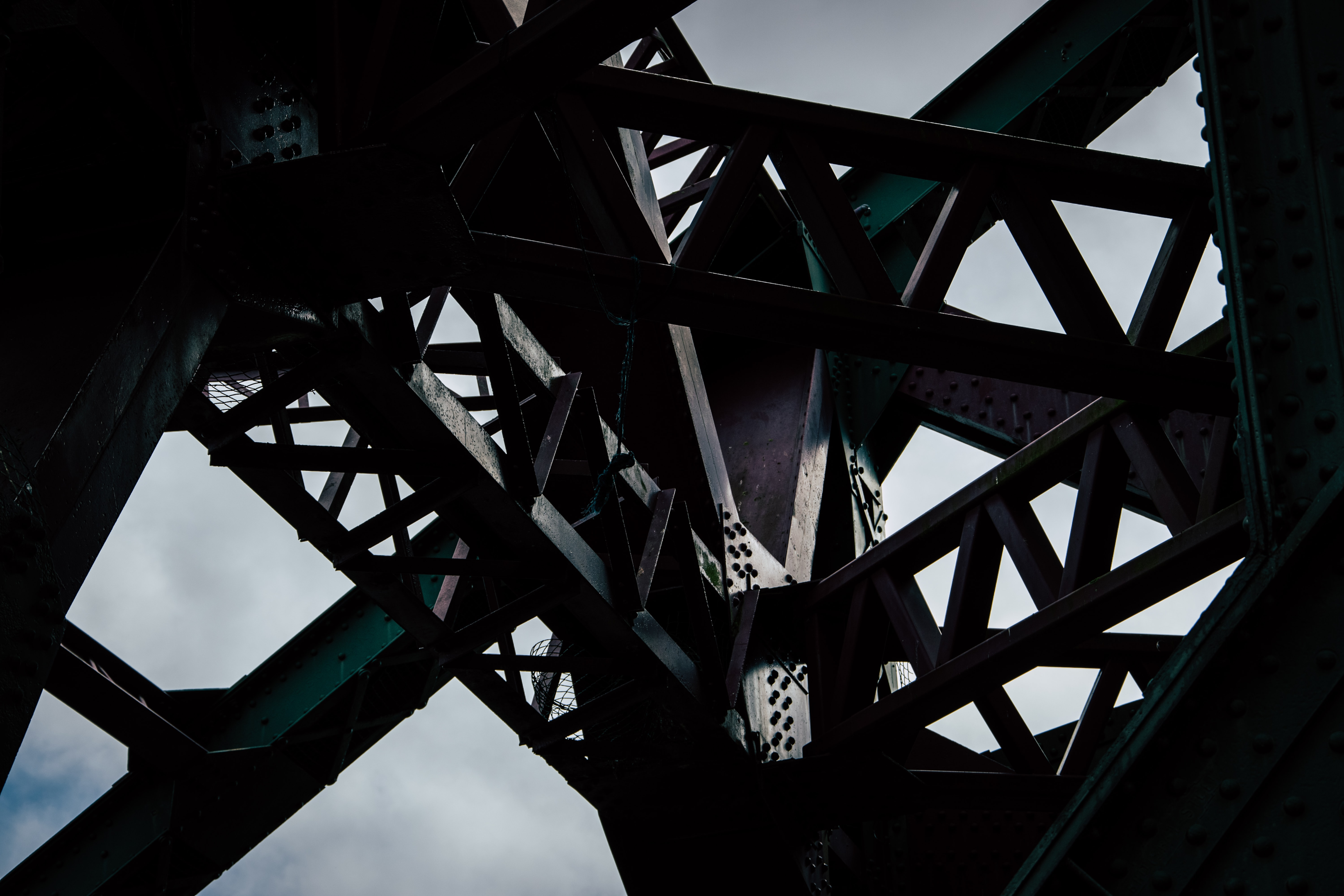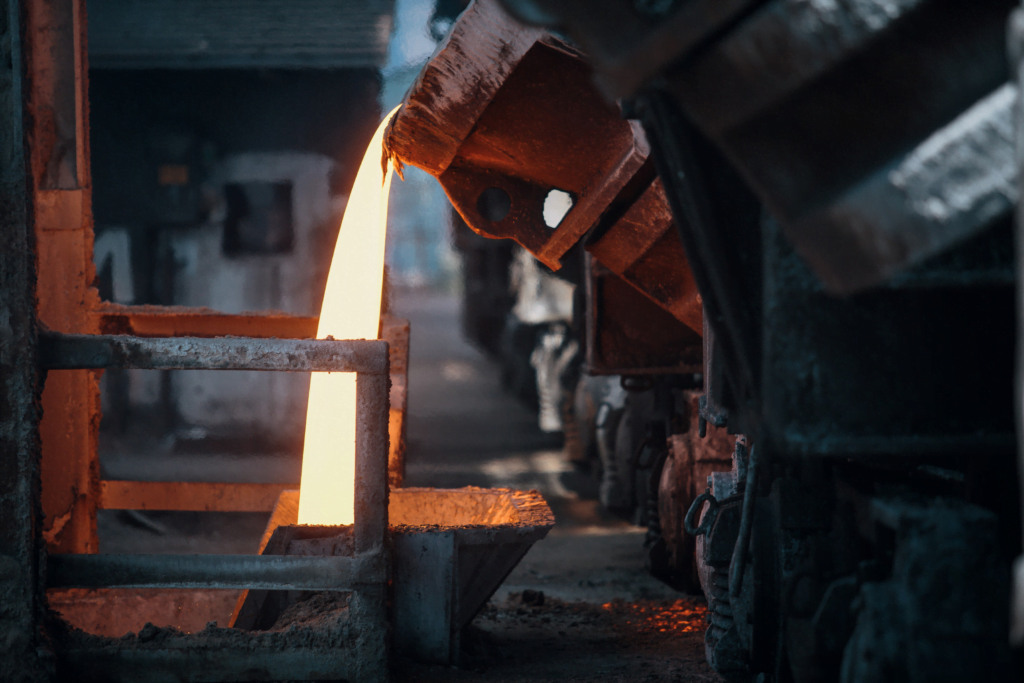When it comes to choosing a metal for your application, it’s important to understand the differences between your options. If you need a material with strength, can withstand extreme temperatures, and has high corrosion resistance, ductile iron and cast iron are the best options for iron alloys.
Understanding the difference between ductile iron vs cast iron will help you identify the great choice for your project.
How Cast Iron and Ductile Iron Are Made
The process of creating cast irons begins with the smelting of iron ore. This iron alloy is made of iron, carbon, and other elements. It is one of the oldest and most widely used metals in the world, and it has a number of important uses in both industrial and consumer products.
The ore is heated in a large furnace to temperatures of more than 2000 degrees Fahrenheit, which causes the iron to separate from the other elements. The molten iron is then poured into molds, which gives it its distinctive shape.
Once the cooling process is complete, the cast iron is ready for use. It can then be used in various applications, from cookware and tools to construction materials and automotive components.

As for ductile cast iron, it is an alloy of iron and carbon that is produced using specialized melting and casting processes.
The production of ductile iron begins with the melting of scrap iron and steel in a furnace. The furnace is typically heated to temperatures between 2,600 and 2,900 degrees Fahrenheit. During this process, several alloying elements, such as magnesium, silicon, and manganese, are added to the molten iron to create the desired chemical composition.
During the casting process, graphite content is added to the iron. This helps to promote the formation of nodule-shaped graphite.
How Are They Different from a Gray Iron

Gray iron is a form of iron that is produced in a foundry. Unlike ductile and cast iron, it is not treated with magnesium or other elements. Gray iron is a very brittle material and is not as strong or flexible as ductile and cast iron. It is typically used in applications that do not require high strength or flexibility, such as plows, wheels, and gears.
Though gray iron has good strength, it is brittle nature can potentially lead to vibration and noise issues. It is important to consider vibration damping in any application involving gray iron.
In addition, it is also susceptible to thermal shock from heat treatment. It can cause cracking, warping, and other damage that can reduce the lifespan of a product.
Ductile iron has a much higher melting point than the other two metals, meaning it can withstand higher temperatures before melting or bending. Cast iron has a lower melting point. It is flexible when under lower temperatures.
Ductile iron contains graphite flakes that are evenly distributed throughout the material, making it better to use than gray iron.
Which Has Excellent Corrosion Resistance
Cast iron is made by melting iron ore with a high carbon content, which makes it brittle and prone to cracking. Cast iron, however, is susceptible to corrosion because it has higher carbon content.
Ductile iron, on the other hand, is made by adding magnesium to liquid iron. It makes the metal resistant to corrosion and malleable.
When faced with harsh environmental conditions, ductile iron is the obvious choice because it barely reacts to harsh chemicals and humidity. Ductile iron pipes are best to use for piping systems since they can withstand salt water and other harsh chemicals over a long period.
Which Has an Impact Resistance

When it comes to impact resistance, ductile iron has a clear advantage. It is much more resistant to shock and intense vibrations, as well as having higher tensile strength and ductility.
This makes it ideal for high-impact applications such as bridges, automobiles, and construction equipment. It has higher fatigue resistance and is less likely to crack or break when exposed to sudden shock or vibration.
In contrast, cast iron is not as resistant to shock or vibration. This makes it less suitable for high-impact applications, as it is more likely to crack or break when exposed to sudden shock or vibration. It does, however, have its benefits. Cast iron is usually more cost-efficient and has excellent machinability, making it suitable for many industrial applications.
Both are two of the most widely used cast materials in many industries. Both castings are strong and durable, making them ideal for a variety of applications.
Which Has Better Tensile and Yield Strength
Ductile iron has a higher tensile strength of 60,000 psi. This is due to its higher carbon content and the presence of nodular graphite in the material. Cast iron, on the other hand, has a lower tensile strength of around 40,000 psi.
When it comes to yield strength, these iron alloys have almost the same levels. Ductile iron has a yield strength of up to 45,000 psi, while cast iron has a yield strength of up to 40,000 psi. However, ductile iron is more resistant to impact and fatigue.
No matter which material you choose, it’s important to understand the difference between ductile iron and cast iron to ensure you’re using the best iron alloy for the job.
Choosing The Best Iron Alloy for Valves
When choosing a tougher material to use in valves, both iron alloys can be used. Iron alloys are commonly used in the production of valves due to their ability to withstand high temperatures and pressures without corroding or wearing out. Depending on the application, one type of alloy may be more suitable than another.
Ductile iron valves provide superior strength compared to cast iron valves. They are also highly corrosion-resistant and can handle higher pressures than other iron alloys. This type of valve is typically used in applications that require high pressure, temperature, or corrosive conditions.
On the other hand, a cast iron valve is less expensive and can withstand lower temperatures and pressures than ductile iron valves. They are also more resistant to abrasion and vibration and can be used in a wider range of applications. However, using ductile iron in valves can be more cost-effective in the long run since they require less maintenance and have a longer lifespan.
Taking the time to research and compare different iron alloys can help select the right alloy for the job and get the best performance out of your valves.


